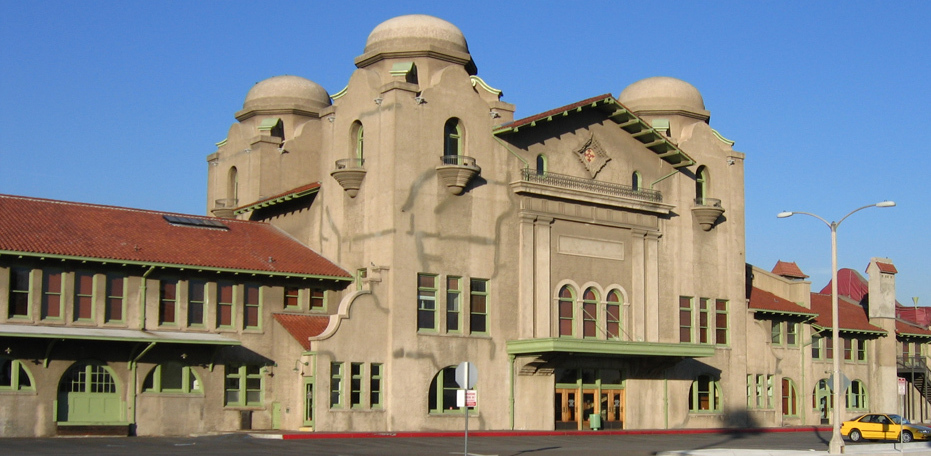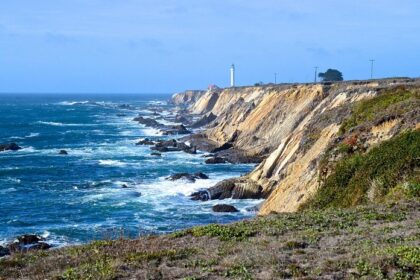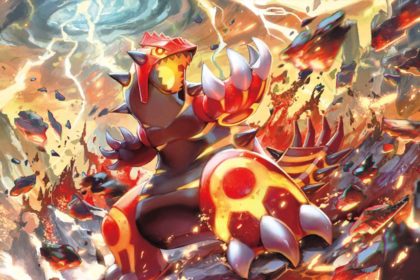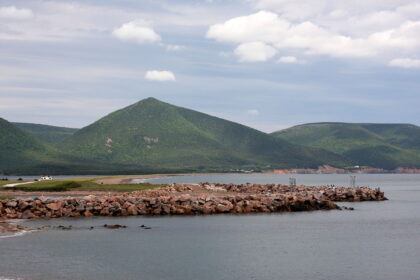San Bernardino is a city located in the Inland Empire region of Southern California. Take a look below for 20 amazing and fun facts about San Bernardino, California, United States.
1. The city serves as the county seat of San Bernardino County, California.
2. As one of the Inland Empire’s anchor cities, San Bernardino spans 81 square miles (210 km2) on the floor of the San Bernardino Valley to the south of the San Bernardino Mountains.
3. As of the 2020 Census, San Bernardino has a population of 222,101 making it the 18th-largest city in California and the 102nd-largest city in the United States.
4. The governments of Guatemala and Mexico have established consulates in the downtown area of the city.
5. The government of El Salvador will also be opening a consulate in April 2022.
6. San Bernardino is a principal city in the 13th largest Metropolitan Statistical Area (MSA) in the United States; the Riverside-San Bernardino-Ontario MSA (pop. 4,599,839) ranks in size just below San Francisco (pop. 4,749,008) and above Detroit (pop. 4,392,041) in population.
7. California State University, San Bernardino is located in the northwestern part of the city.
8. The university also hosts the Coussoulis Arena and the Robert and Frances Fullerton Museum of Art.
9. Other attractions in San Bernardino include ASU Fox Theatre, the McDonald’s Museum (located on the original site of the world’s first McDonald’s), since 1919 the National Orange Show, the California Theatre, and the Glen Helen Amphitheater, the largest outdoor amphitheater in the United States.
10. In addition, the city is home to the Inland Empire 66ers minor-league baseball team, which plays their home games at San Manuel Stadium in downtown San Bernardino.
11. The city of San Bernardino, California, occupies much of the San Bernardino Valley, which indigenous tribespeople originally referred to as “The Valley of the Cupped Hand of God”.
12. The Tongva Indians also called the San Bernardino area Wa’aach in their language.
13. Upon seeing the immense geological arrowhead-shaped rock formation on the side of the San Bernardino Mountains, they found the hot and cold springs to which the “arrowhead” seemed to point.
14. Politana was the first Spanish settlement in the San Bernardino Valley, named for Bernardino of Siena. Politana was established May 20, 1810, as a mission chapel and supply station by the Mission San Gabriel in the ranchería of the Guachama Indians that lived on the bluff that is now known as Bunker Hill, near Lytle Creek.
15. Two years later the settlement was destroyed by local tribesmen, following powerful earthquakes that shook the region.
16. Several years later, the Serrano and Mountain Cahuilla rebuilt the Politana rancheria, and in 1819 invited the missionaries to return to the valley. They did and established the San Bernardino de Sena Estancia. Serrano and Cahuilla people inhabited Politana until long after the 1830s decree of secularization and the 1842 inclusion into the Rancho San Bernardino land grant of the José del Carmen Lugo family.
17. The area was not largely settled until 1851, following the American Conquest of California. The first Anglo-American colony was established by pioneers associated with The Church of Jesus Christ of Latter-day Saints or Mormons. Following the Mormon colonists’ purchase of Rancho San Bernardino, and the establishment of the town of San Bernardino in 1851, San Bernardino County was formed in 1853 from parts of Los Angeles County.
18. Mormons laid out the town based on the “City of Zion” plan which was typical of Mormon urban planning. Cities are typically laid out with north–south, east–west streets in predetermined city block sizes with wide streets. Often cities are laid out with an alphabetical and numerical system typical for Mormon towns, with streets running alphabet letters for north–south streets and numbers for east–west streets.
19. Mormon colonists developed irrigated, commercial farming and lumbering, supplying agricultural produce and lumber throughout Southern California. The city was officially incorporated in 1857. Later that year, most of the colonists were recalled by Brigham Young in 1857 due to the Utah War. Once highly regarded in early California, news of the Mountain Meadows Massacre poisoned attitudes toward the Mormons. Some Mormons would stay in San Bernardino and some later returned from Utah, but a real estate consortium from El Monte and Los Angeles bought most of the lands of the old rancho and of the departing colonists.
20. They sold these lands to new settlers who came to dominate the culture and politics in the county and San Bernardino became a typical American frontier town. Many of the new land owners disliked the sober Mormons, indulging in drinking at saloons now allowed in the town. Disorder, fighting and violence in the vicinity became common, reaching a climax in the 1859 Ainsworth – Gentry Affair.




